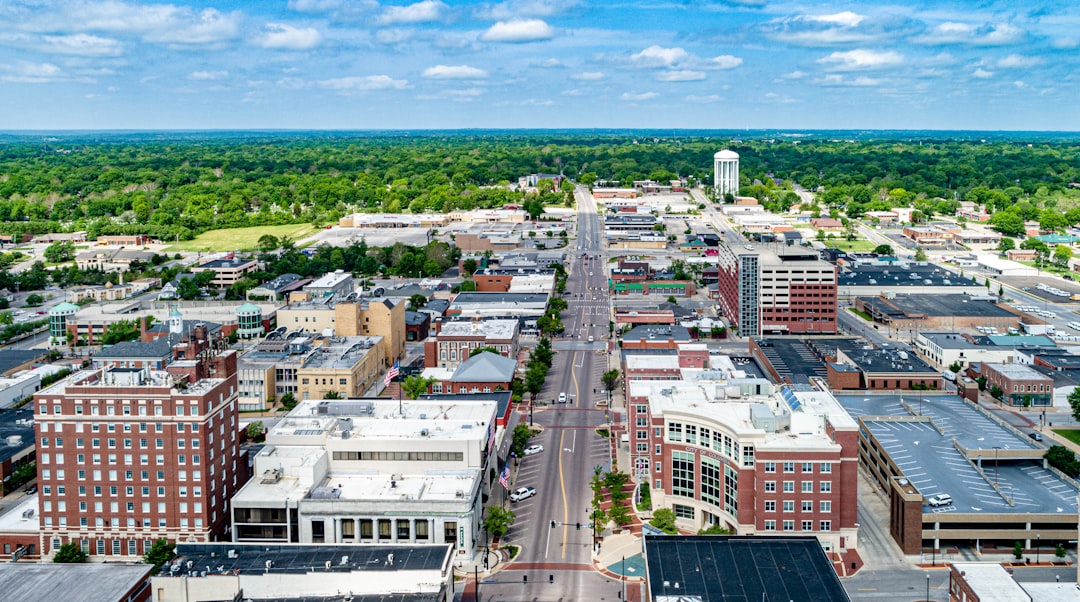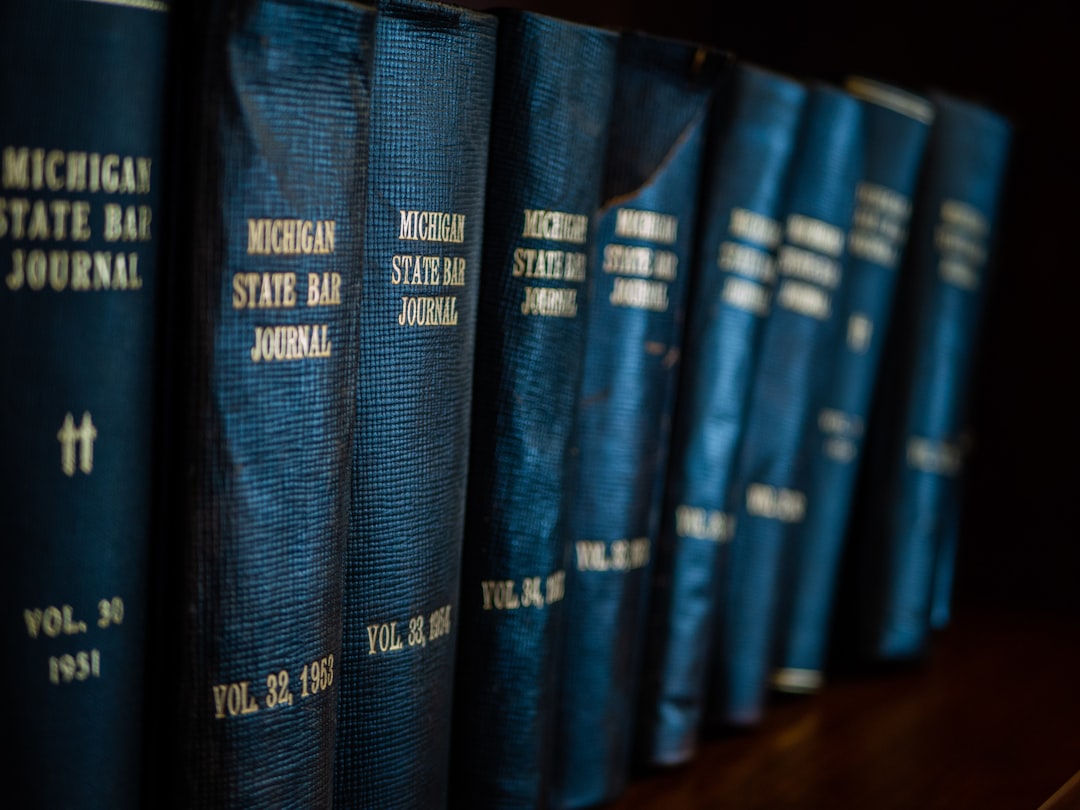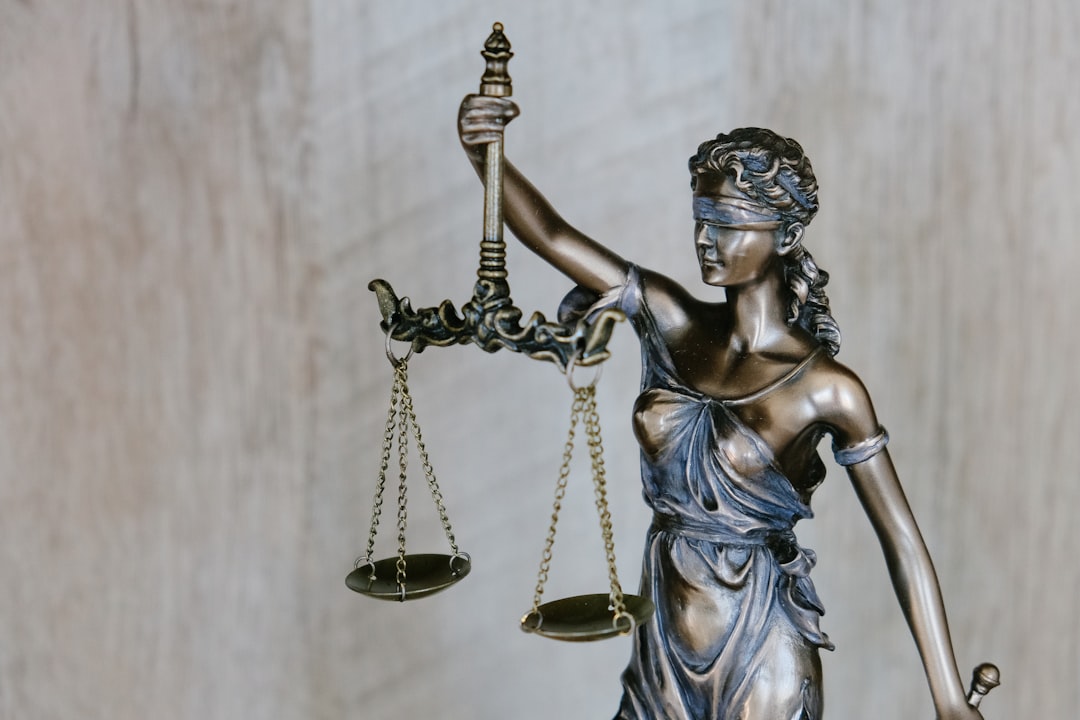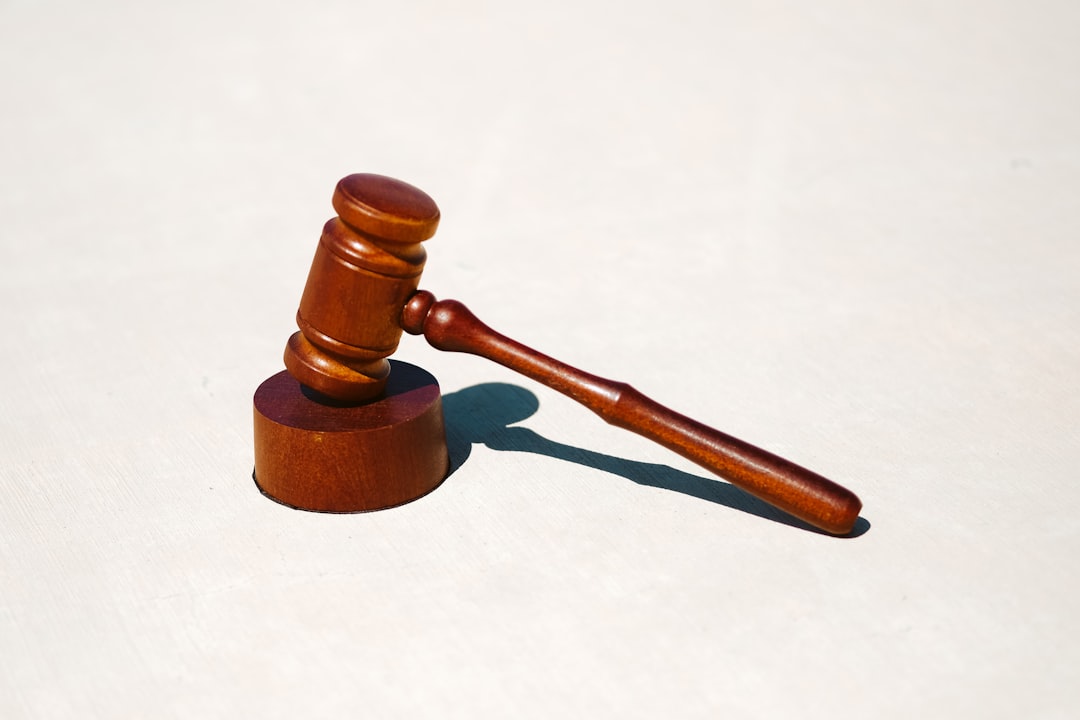Missouri's School Climate Surveys are anonymous, comprehensive tools used by school districts and school abuse lawyers to gauge student well-being, safety, and support. Covering areas like physical safety, emotional support, and interpersonal relationships, the surveys uncover issues such as bullying, harassment, and abuse. Aggregated data is analyzed to identify trends, guide targeted strategies for improvement, and ensure safer learning environments. These surveys are crucial for school abuse lawyers in Missouri to assess, address, and use data as evidence for necessary reforms, ultimately protecting student well-being.
In Missouri, school climate surveys aim to gauge student well-being and identify potential risks of school-related abuse. This article delves into the effectiveness of these surveys as tools for prevention. We explore key components and data collection methods used in Missouri’s surveys, their role in recognizing and addressing abuse, and legal implications for interpretation. Understanding best practices is crucial for educators and school abuse lawyers to ensure a safe learning environment for all students in Missouri.
Missouri's School Climate Surveys: An Overview of Key Components and Data Collection Methods

Missouri’s School Climate Surveys are designed to assess the overall well-being and safety of students within their educational environment. These surveys, administered by school districts across the state, cover a range of critical areas, including physical safety, emotional support, and interpersonal relationships. Key components often include questions about bullying, harassment, and assault, along with measures of trust in teachers and administrators.
Data collection methods vary but typically involve online platforms or paper forms distributed to students. Anonymity is emphasized to encourage honest responses, especially regarding sensitive topics like school abuse. The aggregated data is then analyzed to identify trends and areas requiring improvement, helping Missouri school abuse lawyers and education officials develop targeted strategies to enhance school climate and prevent abusive behaviors.
The Role of Surveys in Identifying and Preventing School-Related Abuse

School climate surveys play a pivotal role in identifying potential instances of school-related abuse and fostering a safer learning environment. These tools, often implemented by institutions like Missouri school abuse lawyers, gather valuable insights from students, teachers, and staff about their experiences and perceptions within the school community. By encouraging anonymous feedback, surveys can uncover hidden issues, including physical, emotional, or sexual harassment, bullying, and discrimination. This proactive approach allows educators to address concerns before they escalate.
Moreover, survey data enables schools to develop targeted interventions and preventive measures tailored to their unique populations. For instance, Missouri school abuse lawyers might assist in analyzing survey results to identify at-risk groups or specific areas requiring improved policies and training. Regularly conducting these surveys can create a culture of transparency, accountability, and continuous improvement, ultimately contributing to a more secure and supportive educational setting.
Legal Implications and Best Practices for Interpreting Survey Results in Missouri

In Missouri, the effectiveness of school climate surveys in relation to abuse prevention is a critical aspect that holds significant legal implications. School abuse lawyers in Missouri often rely on these survey data to assess and address potential issues within educational institutions. The results can serve as compelling evidence or warnings for administrators and policymakers, leading to necessary changes and reforms. However, interpreting survey responses accurately is paramount to avoid missteps and ensure the well-being of students.
Best practices for analyzing these surveys involve a multi-faceted approach. First, ensuring anonymity and confidentiality encourages honest responses from students. Second, employing validated survey tools developed by experts in school climate assessment enhances reliability. Third, contextualizing data within specific schools’ unique environments allows for more nuanced interpretations. Collaborating with school psychologists, counselors, and teachers further enriches the analysis. Finally, continuous monitoring and follow-up actions based on survey findings demonstrate a commitment to creating safer learning environments, which can protect both students and school abuse lawyers in Missouri from potential legal repercussions related to negligence or non-compliance with prevention protocols.



